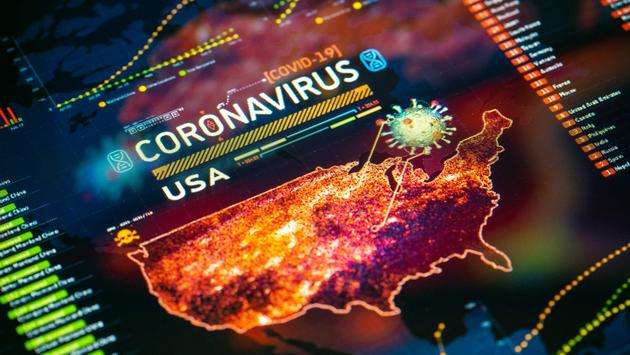With the rollout of COVID-19 vaccines now well underway, there’s a burgeoning collective hope among Americans that the pandemic may soon come to an end.

With three approved vaccines authorized for emergency use in the U.S.—from Pfizer, Moderna and Johnson & Johnson—and improved distribution and availability of the inoculations, there seems to be a long-awaited sense of safety on the horizon. Over the past week, an average of 2.47 million doses per day was administered in the U.S. Per Bloomberg’s vaccine tracker , 113 million doses had been given at the time of publication.
But, it’s not all good news, nor is now the time to let our guard down.
Although infection rates may finally be dropping nationwide, the pandemic is nonetheless still rampant across the country. To date, the U.S. has seen more than 29.5 million COVID-19 cases and nearly 540,000 related deaths, according to the Johns Hopkins University tracker.
According to BGR , Dr. Rochelle Walensky, director of the U.S. Centers for Disease Control and Prevention (CDC), said during this week’s White House COVID-19 Response Team Briefing, “We are just starting to turn the corner. The data are moving in the right direction, but where this goes is dependent on whether we all do what must be done to protect ourselves and others.”
Public health experts are concerned about the spread of more-contagious and possibly more-dangerous coronavirus variants and continue to urge Americans to follow established COVID-19 protocols and take CDC-recommended precautions.
Walensky revealed that variant B.1.1.7 ( first detected in the U.K. ) is already present in all 50 states. What’s more, it’s quickly becoming the dominant strain of the virus in at least two states: California and Florida. Worse yet, the CDC predicts that, by the end of March or early April, it will have become the dominant strain all across the U.S.
Fortunately, current vaccines are still effective against the B.1.1.7 strain. So, why the concern over variants?
B.1.1.7 is not only faster and more easily spread than older strains, but there’s also mounting evidence to suggest that it’s more deadly . And, at this point, not enough of the U.S. population is yet vaccinated to prevent a highly-transmissible strain from causing another surge—which we’d all prefer to avoid.
“Please follow our recommended public health prevention precautions, and be ready to get your vaccine when it is available to you,” Dr. Walensky advised during Monday’s briefing.
Bear in mind also that B.1.1.7 is not the only potentially more-dangerous strain of the virus out there. And that, the longer the pandemic persists, the more opportunity the virus has to mutate into something more troublesome than what we’re already dealing with.
Since January, travel to South Africa has been suspended in an effort to prevent its homegrown B.1.351 strain (which is 50-percent more infectious) from coming to the U.S. Travel to Brazil is also currently banned in hopes of keeping out the variant that’s arisen there, which is both more contagious and may cause reinfection . Researchers are still studying how resistant these strains could be to the current set of COVID-19 vaccines.
“We are really trying to restrain travel at this current period of time,” Dr. Walensky said in response to increasing appeals for clarification as to whether those who are already fully-vaccinated are safe to travel. “We’re hopeful that our next set of guidance will have more science around what vaccinated people can do, perhaps travel being among them,” she said.
For more information, visit cdc.gov .
